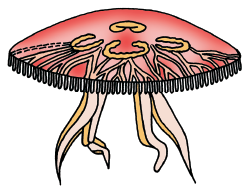
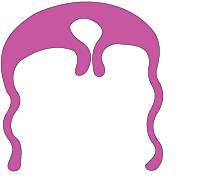
(a)
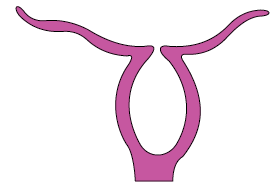
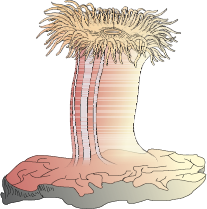
Cnidoblasts are used for anchorage, defense and for the capture of prey (Figure 4.7). Cnidarians exhibit tissue level of organisation and are diploblastic. They have a central gastro-vascular cavity with a single opening, mouth on hypostome. Digestion is extracellular and intracellular. Some of the cnidarians, e.g., corals have a skeleton composed of calcium carbonate. Cnidarians exhibit two basic body forms called polyp and medusa (Figure 4.6). The former is a sessile and cylindrical form like Hydra, Adamsia, etc. whereas, the latter is umbrella-shaped and free-swimming like Aurelia or jelly fish. Those cnidarians which exist in both forms exhibit alternation of generation (Metagenesis), i.e., polyps produce medusae asexually and medusae form the polyps sexually (e.g., Obelia).
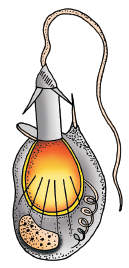
Examples: Physalia (Portuguese man-of-war), Adamsia (Sea anemone), Pennatula (Sea-pen), Gorgonia (Sea-fan) and Meandrina (Brain coral).

© 2025 GoodEd Technologies Pvt. Ltd.